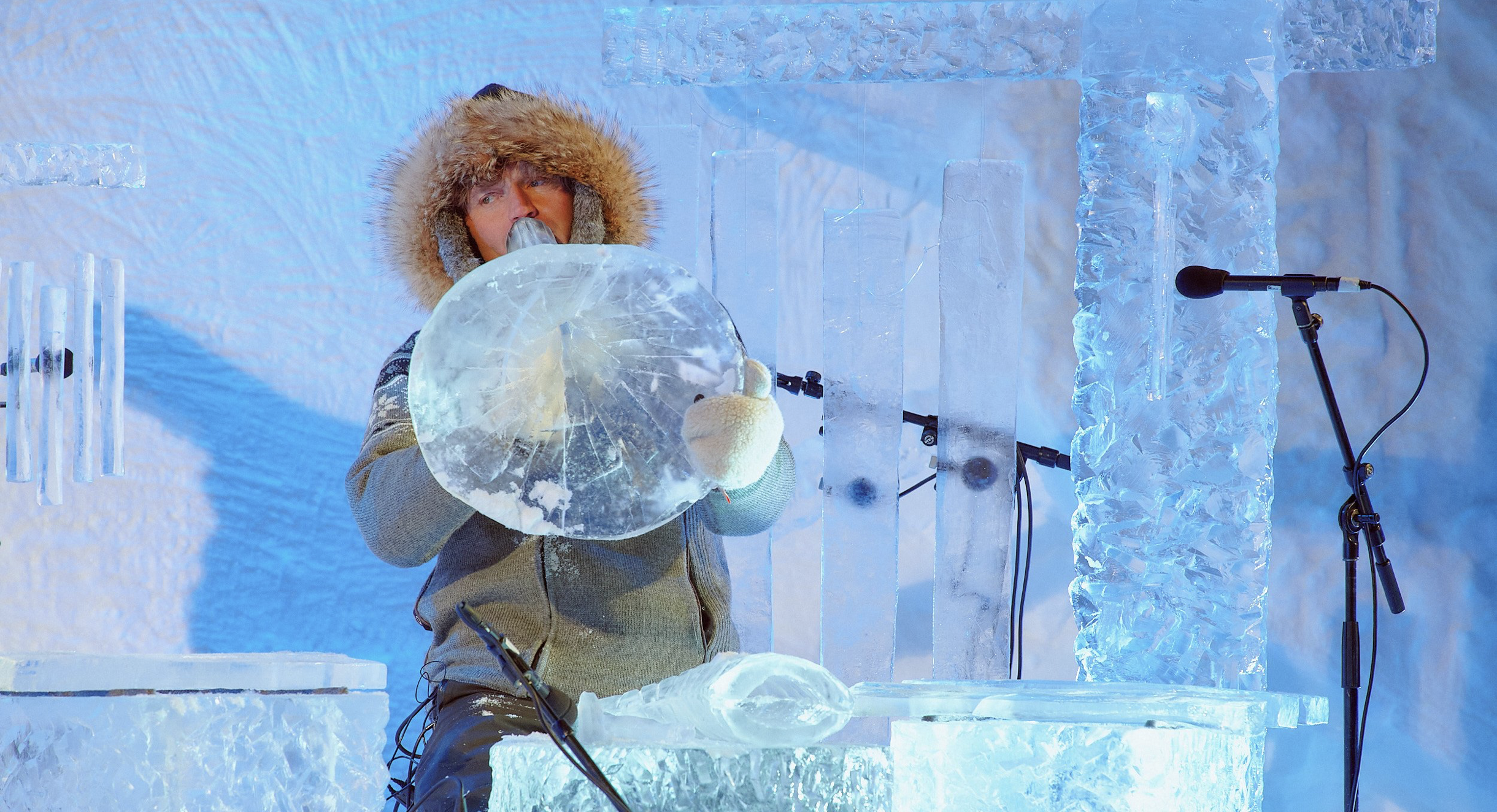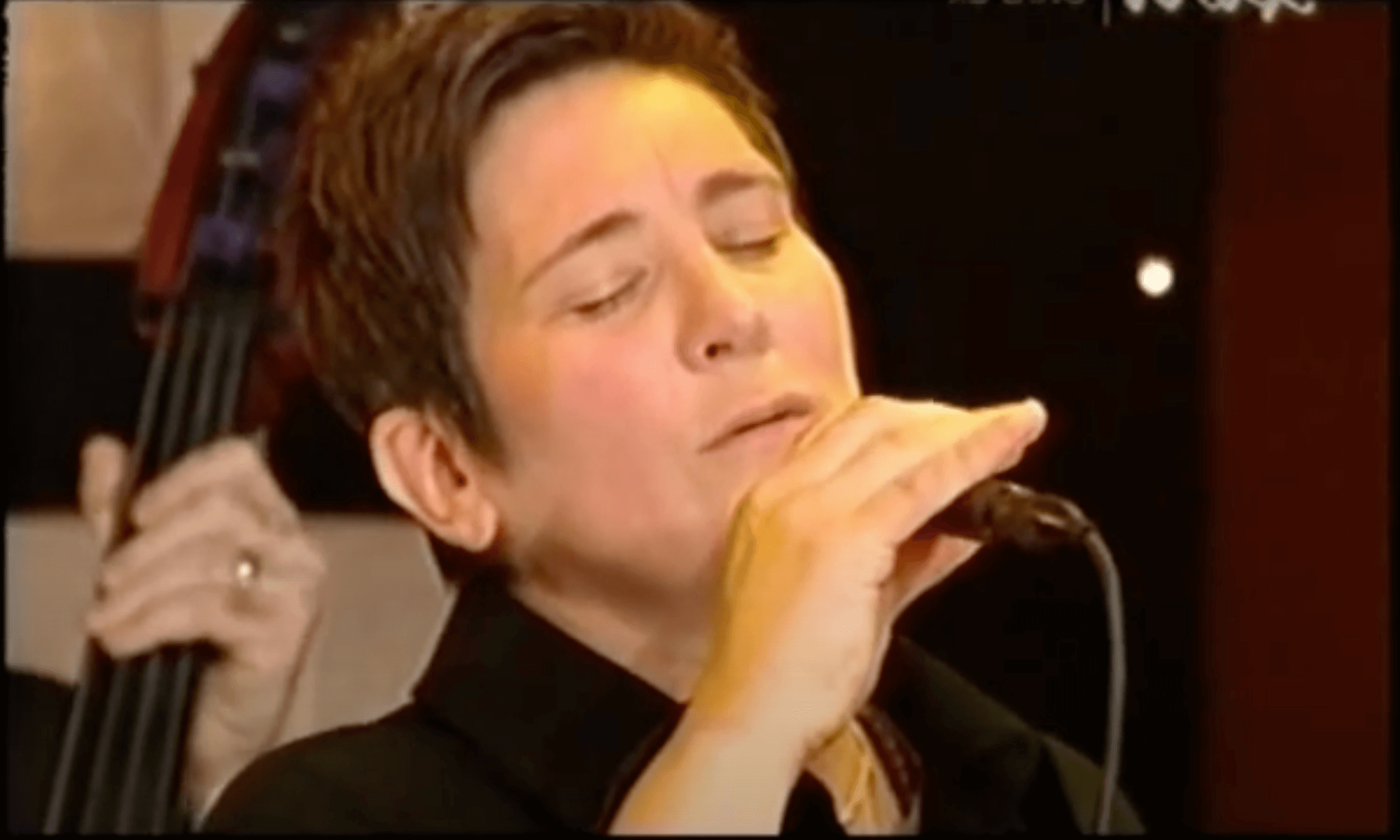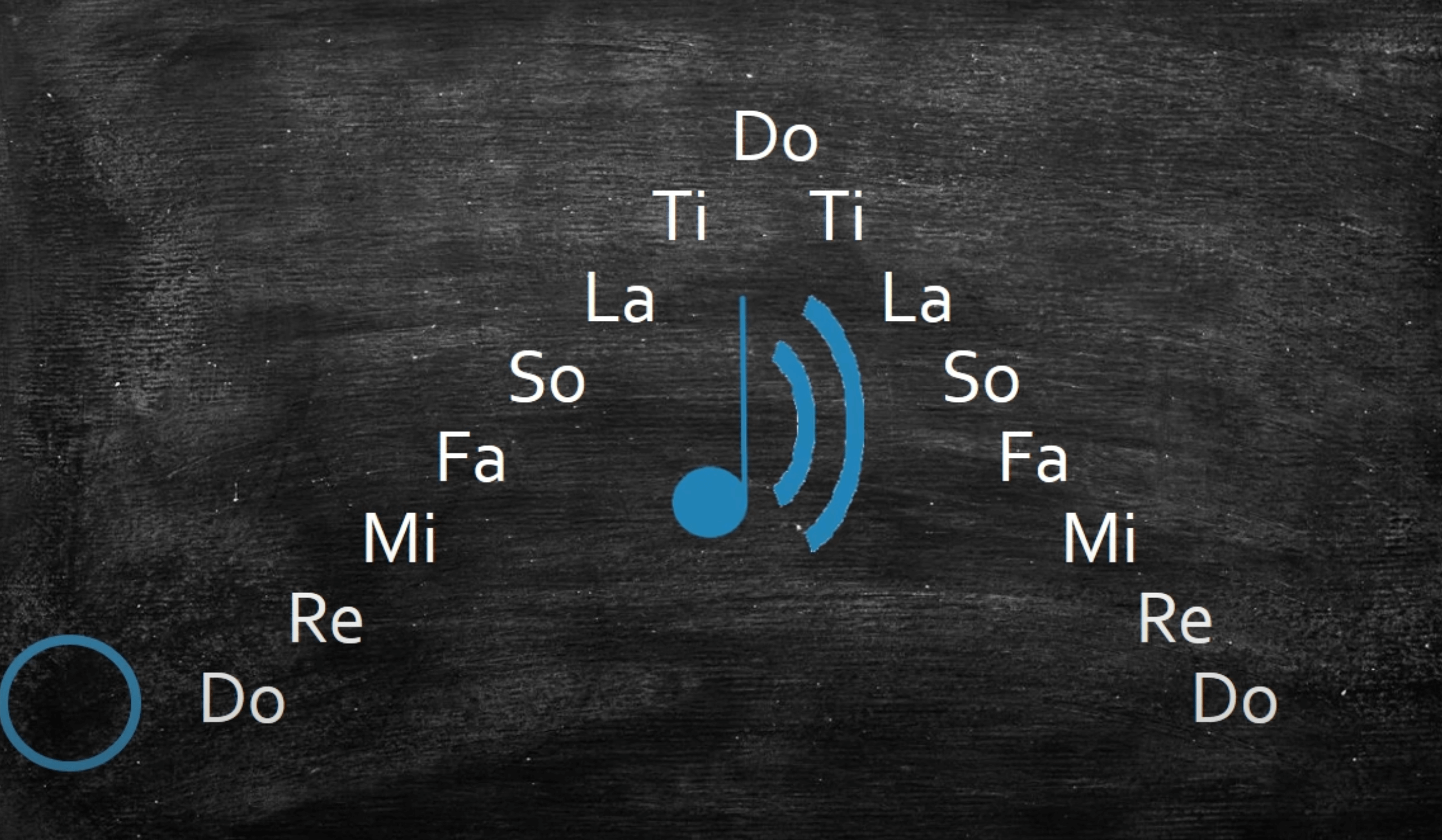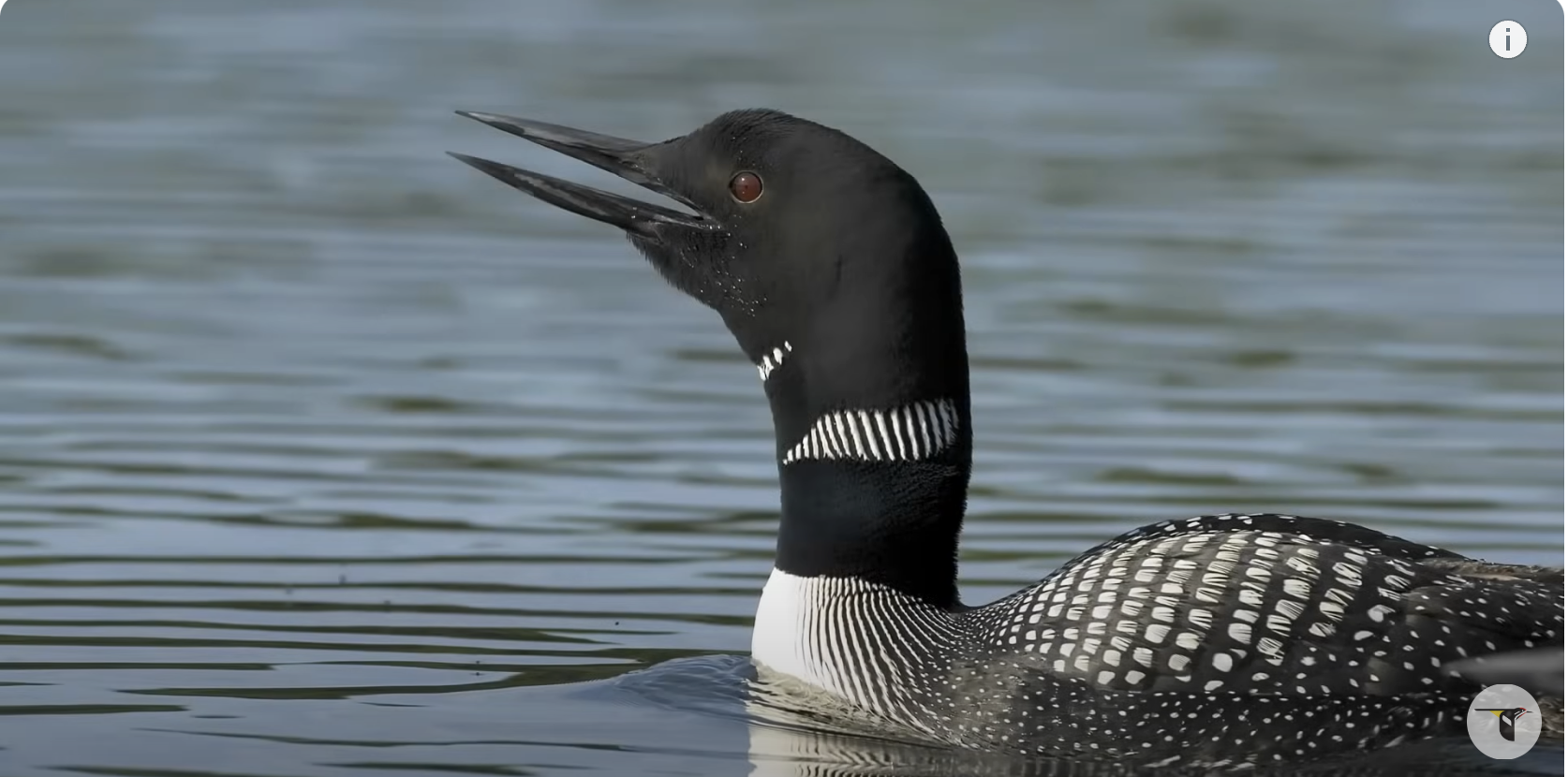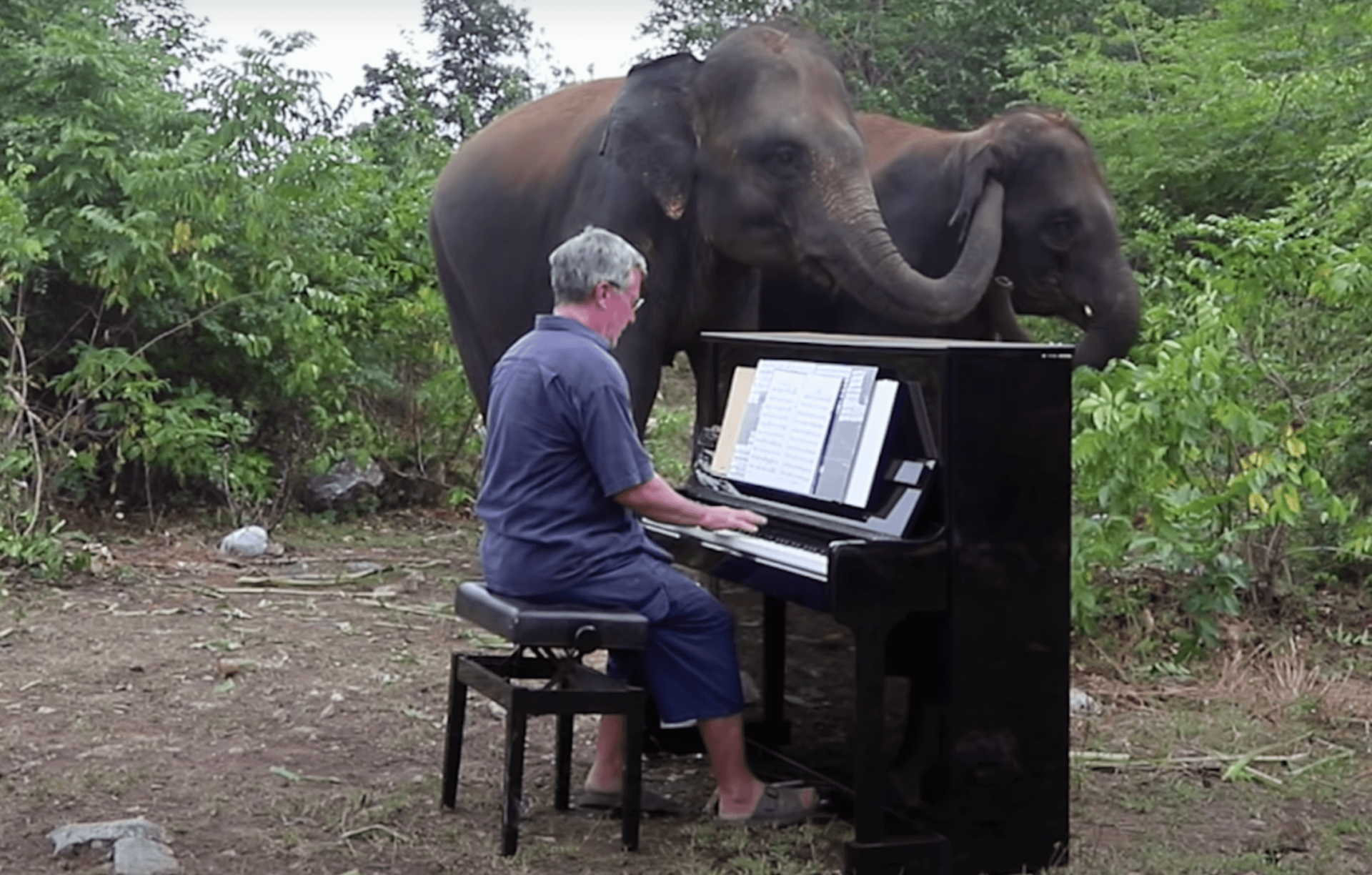Overtones in music are higher frequencies that ring out above the fundamental frequency when a voice or instrument vibrates. Wolfgang Saus demonstrates this with an overtone variation of Pachelbel’s Canon sung in both bass and soprano at the same time.
Watch how he leads the bass melody with his left hand, at first without overtones. Then he begins the melody in overtones and follows it with his right hand. Astounding and beautiful!
Some of us tune into overtones naturally, while others tend to perceive fundamental tones first. Are you a fundamental or overtone listener? You can find out quickly.
Dr. Peter Schneider designed a short test for pitch perception preference in which you listen with headphones to a series of two tones. After each set of tones, you click one of two buttons to indicate whether you heard the high pitch first, low pitch second—or the other way around.
To take this test, here’s the link: https://www.musicandbrain.de/kurztest.html. [click the American flag on the left to read the webpage in English.] At the end, your one-sentence result will still show up in German, but just copy the description into any translation window.
I’m an extreme overtone listener which means I predominantly hear with my right brain. Of course, I encouraged my husband to take the test right away to confirm my suspicion. He’s an extreme fundamental listener, hearing first from his left brain. This means that while I’m listening for how to synthesize different parts to create a cohesive whole, he’s tuning in to process sequentially, in a more linear or step-by-step way.
Oh, the implications for marital miscommunication!
Have you ever spoken to someone and felt entirely misinterpreted? Perhaps that’s because we literally hear and filter vocal sounds from a different brain lobe. And we may well be listening to the sounds above the actual words.
Just for a day, let’s pay attention to how we listen when it comes to the music of what we hear. Whether we’re a fundamental or overtone listener, more awareness brings greater harmony and beauty into our lives.
That is living as music.
***************************************************
Feel free to forward this blog to someone you know who’d benefit! Schneider’s quick listening test is a very cool tool for self-awareness and clearer communication from a new perspective.😃
Subscribe here for Living As Music
Find Your Rhythm. Harmonize with your heart.


